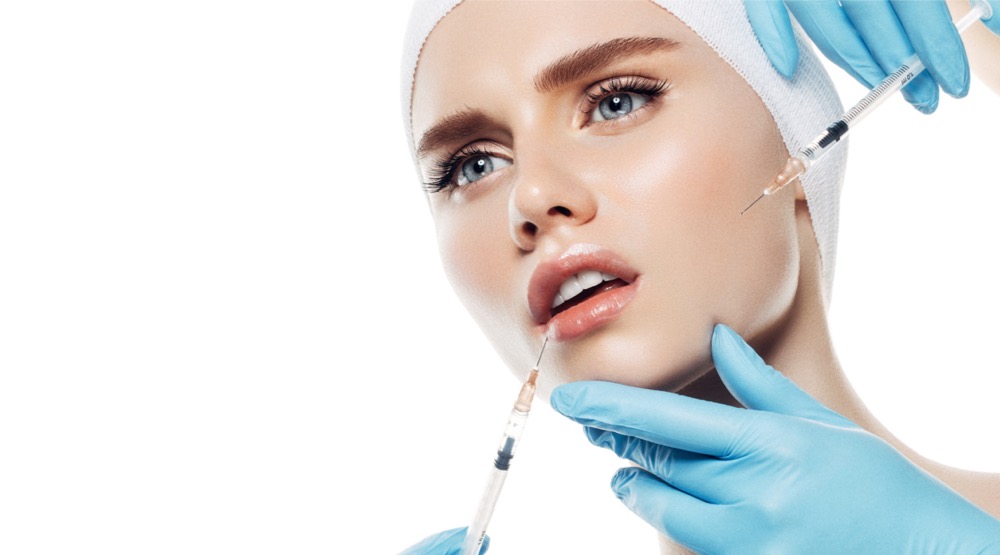When you want a skin-related question answered, you go straight to the top. And when it comes to injectables, there are very strong opinions on the merits of the treatments on offer.
Question: Should patients opt for surface-only treatments over injectables in fear of short and long term side-effects and the risk of overworking the skin?
Rebecca Miller, skin expert and La Bella Medispa owner, sits on the affirmative.

“To inject or not to inject… this seems to be a constant discussion point at the moment. The exposure and popularity injectable treatments are receiving on social media and the ‘quick fix’ mindset our culture has adopted makes them oh so appealing. I believe that injectables have their place but believe healthy, happy skin should be the first priority.
As skin and dermal therapists, we always offer our visiting guests advanced education on surface-only treatments. I truly believe this is the best starting point. An educated skin expert who imparts knowledge and empowers will help to naturally manage the ageing process and create sustainable skin health that will last a lifetime.
We begin our clients’ journey of discovery with a consultation, including photos, and prescribe a customised treatment plan to support their age management. We use a combination of corneotherapeutic skincare and in-clinic anti-wrinkle treatments without the use of injectables. The results we can achieve with modalities like EXCEED medical microneedling are lifechanging! Stimulating our bodies’ natural collagen, with long-lasting results exceed client expectations time and time again and it is one of the most rewarding feelings. We are not just changing skins, but transforming lives.
Unlike surface-only treatments, Botox works to block signals from the nerves to the muscle, helps wrinkles relax and soften. Fillers are used to plump and contour the face, with the most popular using hyaluronic acid, which is naturally found in the skin.
Unfortunately, time and time again, I see ladies having injectables but not taking care of their skin at home, which in my experience can affect the longevity of their treatment. Interestingly, I have also seen clients build up an immune response, reducing the effect or even building up a resilience to injectables.
Researchers and doctors are realising that resistance to Botox can develop and that there may be some who are completely immune to its effects. Is this because of over treatment? I think so, but in my experience a professional practitioner will always take the less is best approach.
I implore that researching the qualifications of the medical professional providing the service is imperative, and to never shop on price; as the saying goes, ‘you get what you pay for’. Not only do clinicians need to help their patient understand the risk of the procedure but to also create a treatment plan for holistically caring for the skin at home with good quality skin care.This would involve utilising ingredients that are going to encourage great building blocks for collagen and elastin, but also be supported by in-clinic facial treatments.”
Dr Ehsan Jadoon, Cosmetic Physician at Medaesthetics, is a Botox advocate.

“Botox, and specifically Botulinum Toxin-A, has been used as a facial aesthetics treatment since the late-1990s and has become the most requested cosmetic treatment in the world over the past two decades.
The greatest advantage of Botox use is the improvement it makes to the appearance of prematurely-aged skin in sun-damaged individuals. With use, patients can attain an improved self-confidence and mood, as it has been clinically proven that fixing frown lines with Botox helps improve the mood of the individual suffering from deep frowns and may also help prevent depression.
When it comes to the question of side effects, Botox runs an exceptional record. Botulinum Toxin-A is a protein (Amino Acid) and is not a man-made synthetic chemical. It is metabolised by the body over a period of 12 to 18 weeks. So in theory negative side effects, if any, should not last for more than the amount of time the protein remains in the body. Most known side-effects of Botox are short lived and of a transient nature. These can include: temporary redness, swelling and bruising of the affected area, the weakening of a muscle which we did not intend to treat (lasting for a few weeks generally), and the development of an allergic reaction (lasting a few days to a few months in rare cases).
There are no known long term side-effects of Botox use when the treatment is performed by a qualified medical practitioner using the recommended dosing. The only long term side effect reported in medical literature is the development of a resistance to the drug. In ten years of clinic practice, I have never come across a patient who has experienced a long term allergy or resistance to Botox.
Ultimately, my patients’ happiness is essential. I have long term patients who have been getting Botox treatments by me for the past ten years. Some have commenced treatment in their late 20’s or early 30’s, and are now entering their 40’s with the belief that the money they spend on themselves having Botox brings them greater satisfaction than buying clothes, handbags or going on a holiday!”
For more news and updates, subscribe to our weekly newsletter.

